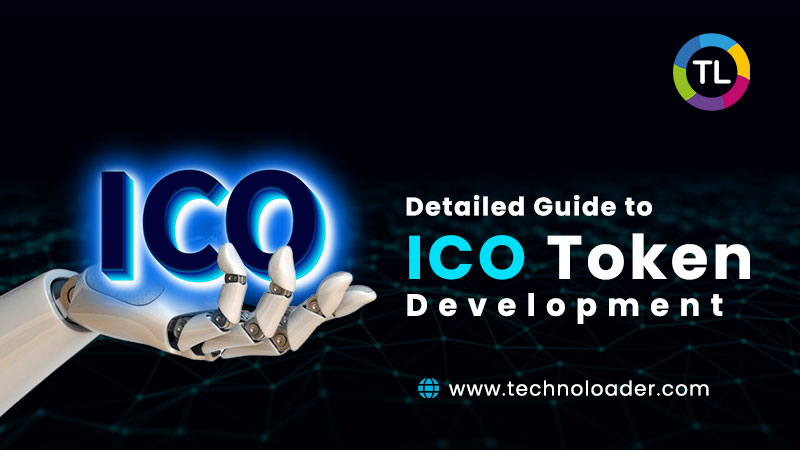
Introduction
The RESTful ABAP Programming (RAP) model is a modern framework. It was introduced by SAP for developing SAP Fiori applications and services on the SAP Business Technology Platform (BTP). RAP has been designed to work seamlessly with the ABAP environment. Furthermore, it promotes efficient, scalable, and cloud-ready applications. The SAP Training Academy aims to provide the best training to aspiring professionals. Moreover, RAP leverages contemporary programming practices. This enables the creation of intuitive, high-performance applications, ensuring a robust and future-proof solution for enterprise needs.
All About RAP Programming In SAP
The RESTful ABAP Programming (RAP) model is a modern framework introduced by SAP. It facilitates the development of SAP Fiori applications and services on the SAP Business Technology Platform (BTP). RAP is built to work with the ABAP environment, focusing on efficient and scalable cloud-based applications.
Key Components of RAP:
1. Behaviour Definition Language (BDL):
BDL defines business object behaviour in a modular and reusable way. It separates the business logic from the implementation, promoting clean architecture.
2. Behaviour Implementation:
The actual implementation of the business logic happens here. It includes CRUD (Create, Read, Update, Delete) operations and custom logic, ensuring business rules are met.
3. Service Definition:
This component defines the exposure of business objects as services. It makes business logic accessible via OData services, essential for SAP Fiori apps.
4. Service Binding:
Service binding links the service definition with the SAP Gateway. It enables the service to be consumed by different clients, ensuring seamless integration.
Advantages Of RAP
· Modern Development Paradigm:
RAP promotes a modern, cloud-ready development approach. It aligns with contemporary programming practices, making it future-proof. The SAP Course in Delhi is known for its effective SAP training and placement opportunities for aspiring professionals.
· Scalability and Performance:
RAP ensures applications are scalable and performant. It leverages SAP HANA’s capabilities, ensuring optimal performance for enterprise applications.
· Modularity and Reusability:
The separation of concerns in RAP allows for modular development. Developers can reuse components, reducing development time and improving maintainability.
· Enhanced User Experience:
By facilitating SAP Fiori development, RAP enhances the user experience. Fiori applications are intuitive, responsive, and provide a consistent look and feel.
Developing With RAP
· Define Data Models:
The first step is to define the data model using CDS (Core Data Services) views. These views represent the underlying database structure and are crucial for application development.
· Create Behaviour Definitions:
Developers create behaviour definitions to outline the business logic. This includes specifying operations like create, update, and delete, along with any additional custom logic.
· Implement Business Logic:
The business logic is implemented in behaviour implementation classes. These classes contain the actual code that performs operations defined in the behaviour definitions. One can join the SAP Training Academy for the best skill development.
· Expose Services:
Service definitions are created to expose the business logic as OData services. These services can then be bound to the SAP Gateway, making them accessible to various clients.
· Test and Deploy:
After development, thorough testing is essential. Once tested, the application can be deployed on the SAP BTP, ready for use by end-users.
Integration With Other SAP Components
· SAP Fiori:
RAP is tightly integrated with SAP Fiori. This integration ensures that applications developed with RAP provide a seamless and intuitive user experience.
· SAP HANA:
RAP leverages the in-memory computing capabilities of SAP HANA. It ensures high performance and efficiency for data-intensive applications.
· SAP Cloud Platform:
RAP is designed to work with the SAP Cloud Platform. It ensures that applications are cloud-ready, scalable, and future-proof.
Conclusion
The RESTful ABAP Programming (RAP) model is a revolutionary framework in the SAP ecosystem. It brings modern development practices to ABAP, ensuring applications are scalable, performant, and user-friendly. One can join the SAP Course in Delhi for hands-on training on RAP. RAP’s integration with SAP Fiori, SAP HANA, and the SAP Cloud Platform makes it a robust choice for enterprise application development. By adopting RAP, developers can build applications that meet contemporary business needs, leveraging the full potential of SAP’s technology stack.









